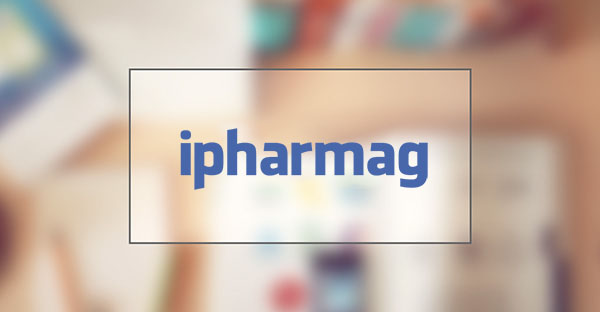The Growing Importance of Pharmacovigilance: Ensuring Patient Safety in the Era of Rapid Drug Development
In the rapidly evolving landscape of pharmaceutical research and development, the need for robust pharmacovigilance has never been more crucial. This critical function is responsible for monitoring the safety of drugs after they have been approved for market use, and its role is paramount in ensuring patient safety.
Understanding Pharmacovigilance
Pharmacovigilance (PV) is a broad term that encompasses any activity related to the detection, assessment, understanding, and prevention of adverse effects or any other drug-related problems. It is a regulatory requirement for all marketing-authorized medicinal products, and its primary objective is to protect public health.
The Need for Pharmacovigilance in Rapid Drug Development
With the advancements in technology and the increasing pace of drug development, the market is flooded with new pharmaceutical products. This rapid development can lead to potential risks, making pharmacovigilance more important than ever. The rapid pace requires a more agile and proactive approach to PV, ensuring that safety concerns are identified and addressed promptly.
The Role of Pharmacovigilance in Ensuring Patient Safety
Pharmacovigilance plays a pivotal role in maintaining patient safety by monitoring the safety profile of drugs once they are in use. It identifies and evaluates adverse drug reactions, assesses the risk-benefit ratio of medicines, and communicates information about the safety of medicines to healthcare professionals, patients, and regulatory authorities.
Challenges in Pharmacovigilance
Despite its importance, pharmacovigilance faces numerous challenges. These include the sheer volume of data generated, the complexity of adverse event reporting, and the need for real-time monitoring. Additionally, the global nature of drug development and use means that PV must be able to operate across borders and cultures.
The Future of Pharmacovigilance
As the pharmaceutical industry continues to evolve, so too must pharmacovigilance. The future of PV lies in leveraging advanced technologies such as artificial intelligence, machine learning, and big data analytics to improve the efficiency and effectiveness of drug safety monitoring. By doing so, we can ensure that patient safety remains at the forefront of drug development and use.
In conclusion, pharmacovigilance is a vital component of the pharmaceutical industry, playing a crucial role in ensuring patient safety in the era of rapid drug development. As we move forward, it is essential that we continue to invest in and innovate pharmacovigilance, ensuring that the benefits of new drugs are balanced with their potential risks.

